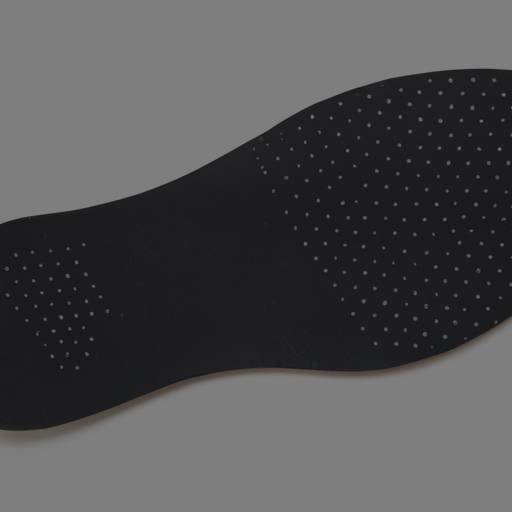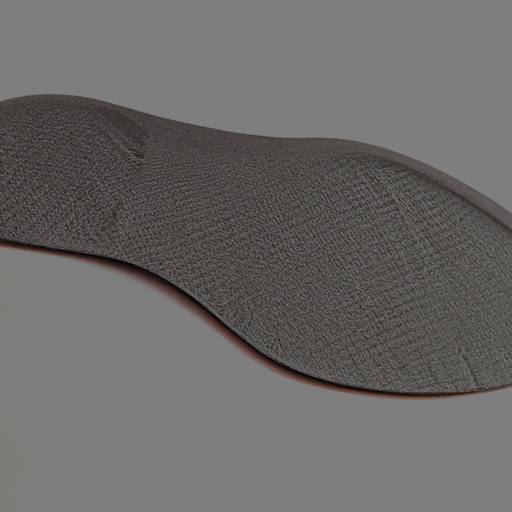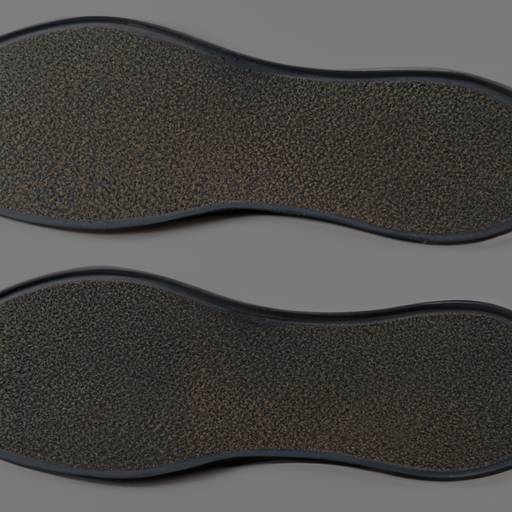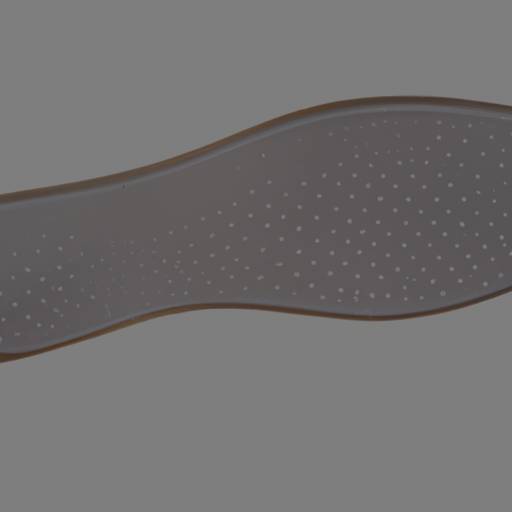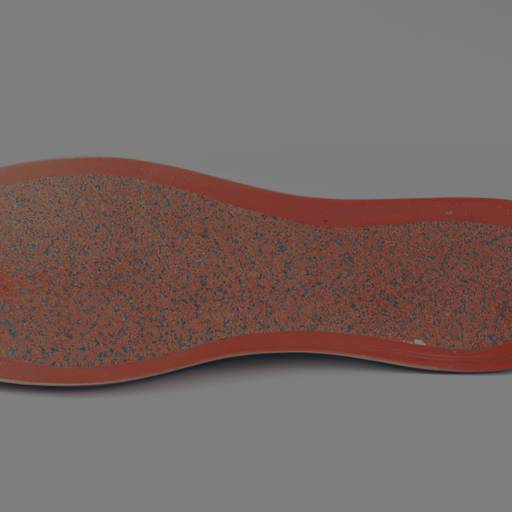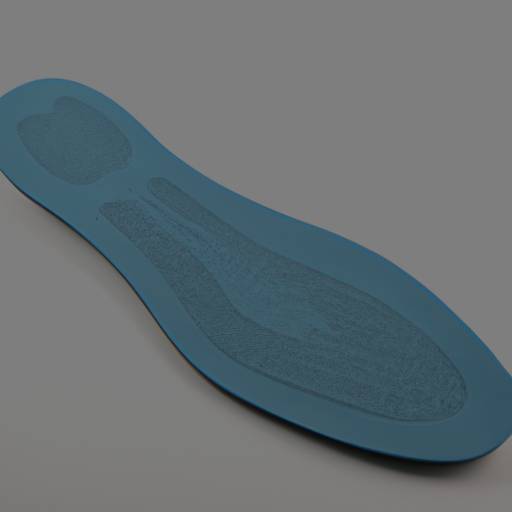Are Orthotics Causing Calf Pain? Find Out Here!
The Role of Orthotics in Foot Health
Orthotics play a significant role in promoting foot health and addressing various foot conditions. These specially designed shoe inserts are intended to provide support, stability, and alleviate discomfort. Let’s explore the purpose of orthotics and the benefits they offer.
Understanding Orthotics and Their Purpose
Orthotics, also known as insoles or shoe inserts, are devices placed inside shoes to provide additional support and improve the alignment of the feet. They are designed to address common foot issues such as flat feet, high arches, plantar fasciitis, and overpronation. Orthotics work by redistributing pressure, cushioning the feet, and promoting proper foot and ankle alignment.
Orthotics are typically made from various materials, including memory foam, gel, or rigid plastics. They can be either custom-made by a healthcare professional or over-the-counter options available in stores. Custom-made orthotics are specifically tailored to an individual’s unique foot structure and needs, providing optimal support and comfort.
Benefits of Using Orthotics
Using orthotics can offer several benefits for individuals experiencing foot pain or discomfort. Here are some key advantages:
- Improved foot alignment: Orthotics can help correct foot alignment issues, such as overpronation or supination, by providing support to the arches and promoting proper foot mechanics.
- Reduced pain: Orthotics can alleviate foot and lower limb pain caused by conditions like plantar fasciitis, bunions, or flat feet. They provide cushioning and support to relieve pressure on sensitive areas.
- Enhanced shock absorption: Orthotics with cushioning properties, such as memory foam or gel, absorb shock and impact during walking or running, reducing stress on joints and preventing injuries.
- Increased stability: Orthotics improve balance and stability by providing additional support to the feet, reducing the risk of falls and injuries.
- Added comfort: Orthotics can make shoes more comfortable by providing extra cushioning and reducing friction and pressure points.
While orthotics can provide significant benefits, it’s important to ensure they are properly fitted and evaluated by a healthcare professional. Evaluating the fit and support of orthotics, as well as consulting with a healthcare professional, are essential steps in optimizing their effectiveness. For more information on choosing the right orthotics, visit our article on how to pick insoles.
By understanding the purpose of orthotics and the benefits they offer, individuals can make informed decisions about using them to support their foot health. Remember to consult with a healthcare professional for personalized advice and recommendations based on your specific foot concerns.
Calf Pain and Orthotics
Orthotics are commonly used to address various foot issues and provide support. However, some individuals may experience calf pain when using orthotics. Let’s explore whether orthotics can cause calf pain and discuss possible reasons for this discomfort.
Can Orthotics Cause Calf Pain?
While orthotics are designed to alleviate foot and lower limb problems, it is possible for them to contribute to calf pain, especially if they are not properly fitted or if the individual’s gait or foot mechanics are not taken into account.
Orthotics alter the way the foot functions, affecting the biomechanics of the entire lower limb. If the orthotics are not providing the right support or are misaligned, it can lead to an imbalance in the muscles and tendons of the calf, resulting in pain and discomfort.
Possible Reasons for Calf Pain
There are several factors that could contribute to calf pain when using orthotics:
- Incorrect Alignment: If the orthotics are not properly aligned with the foot and leg, it can cause unnatural movement patterns and strain on the calf muscles.
- Overuse: Overusing orthotics, especially when first starting to use them, can put excessive strain on the calf muscles, leading to pain and fatigue.
- Improper Fit: Ill-fitting orthotics, such as those that are too tight or too loose, can cause discomfort and calf pain.
- Muscle Adaptation: When using orthotics, the muscles in the foot and calf may need time to adapt to the new support and alignment. During this adjustment period, calf pain may occur.
If you are experiencing calf pain while using orthotics, it is important to address the issue promptly. Consider evaluating the fit and support of your orthotics, and consult with a healthcare professional, such as a podiatrist or orthopedic specialist, for a thorough assessment. They can help determine if the orthotics are causing the pain and provide recommendations for adjustments or alternative options.
In the next section, we will explore ways to address calf pain associated with orthotics, including stretching and strengthening exercises, gradual adjustment and acclimation, and exploring alternative options to provide relief. Stay tuned!
Note: The information provided in this article is for informational purposes only and should not be considered as medical advice. Please consult with a healthcare professional for personalized recommendations.
Assessing Your Orthotics
To determine if your orthotics may be the cause of calf pain, it’s important to assess their fit and support. Here are some key factors to consider:
Evaluating the Fit and Support
Start by examining how well your orthotics fit inside your shoes. They should provide adequate support and stability to your feet. If they are too loose or too tight, they may not be able to properly align your feet and ankles, leading to strain on your calf muscles.
Check for any signs of discomfort or pressure points while wearing your orthotics. Pain in the arches, heels, or any other areas of the foot can potentially contribute to calf pain. If you experience discomfort, it may be worth exploring alternative options such as memory foam insoles that offer customizable support.
Additionally, consider the level of arch support provided by your orthotics. While some individuals benefit from rigid arch support, others may find that flexible orthotics offer better comfort and alleviate calf pain. It’s important to find the right balance of support and cushioning that works for your specific needs.
Consulting with a Healthcare Professional
If you are experiencing persistent calf pain while wearing orthotics, it is recommended to consult with a healthcare professional, such as a podiatrist or orthopedic specialist. They can evaluate your orthotics and assess if they are properly aligned with your feet and providing the necessary support.
A healthcare professional can also help identify any underlying issues that may be contributing to your calf pain. They may recommend specific exercises or stretches to address muscle imbalances or provide guidance on the appropriate use of orthotics. It’s important to follow their advice and make any necessary adjustments to your orthotics to alleviate calf pain.
Remember, everyone’s feet are unique, and what works for one person may not work for another. By evaluating the fit and support of your orthotics and seeking professional guidance, you can determine if they are the cause of your calf pain and take steps towards finding a solution that works for you.
Addressing Calf Pain Associated with Orthotics
For some individuals, using orthotics can lead to calf pain. However, there are several strategies you can employ to address this discomfort and ensure a more comfortable experience. Here are some approaches to consider:
Stretching and Strengthening Exercises
Stretching and strengthening exercises can help alleviate calf pain associated with orthotics. Focus on exercises that target the calf muscles, such as calf stretches and calf raises. These exercises can help improve flexibility and strengthen the muscles, reducing the strain caused by orthotics. Incorporating these exercises into your daily routine can contribute to calf pain relief. For a comprehensive guide on stretching and strengthening exercises, consult our article on stretching exercises for calf pain.
Gradual Adjustment and Acclimation
Calf pain from orthotics can sometimes be attributed to a sudden change in the distribution of weight and pressure on the feet and legs. To minimize discomfort, it’s important to allow your body to gradually adjust and acclimate to the orthotics. Start by wearing them for shorter periods of time and gradually increase the duration as your body becomes accustomed to the new support. This approach can help reduce calf pain and allow for a smoother transition. For more information on adjusting to orthotics, refer to our article on wearing orthotics side effects.
Exploring Alternative Options
If calf pain persists despite trying stretching exercises and gradually adjusting to orthotics, it may be worth exploring alternative options. Orthotics come in various types and materials, and the one you are currently using may not be the best fit for your needs. Consider consulting with a healthcare professional, such as a podiatrist or orthopedic specialist, who can assess your situation and recommend alternative orthotic options. They may suggest different types of arch support or materials that can provide the necessary support without causing calf pain. Our article on best arch support insoles can provide further guidance in selecting the right orthotic for you.
By incorporating stretching exercises, allowing for gradual adjustment, and exploring alternative options, you can address calf pain associated with orthotics. Remember to consult with a healthcare professional for personalized advice and recommendations. With the right approach and proper support, you can ensure a more comfortable experience while reaping the benefits of orthotics for your foot health.
Tips for Maintaining Foot Health with Orthotics
When using orthotics to support your feet, it’s important to take proper care of both your orthotics and your feet to ensure optimal foot health. Here are some tips to keep in mind:
Proper Footwear Selection
Choosing the right footwear is essential for maintaining foot health with orthotics. Look for shoes that provide adequate support and have enough room to accommodate your orthotics comfortably. Opt for shoes with removable insoles, as they allow you to easily insert your orthotics. Additionally, consider the type of activity you’ll be engaging in and select appropriate footwear for each activity. For further information on selecting the best shoes for your orthotics, check out our article on what shoe brands do podiatrists recommend.
Regular Cleaning and Care
To maintain the hygiene and functionality of your orthotics, it’s important to clean them regularly. Follow the manufacturer’s instructions for cleaning and care. In general, most orthotics can be wiped clean with a damp cloth and mild soap. Avoid using harsh chemicals or abrasive materials that may damage the orthotics. Regular cleaning helps to prevent the buildup of bacteria or odor-causing agents, ensuring that your orthotics remain fresh and comfortable.
Monitoring and Adjusting Usage
Pay attention to how your feet and calves feel while wearing your orthotics. If you experience any discomfort, such as calf pain or soreness, it may be necessary to adjust the usage of your orthotics. Start by wearing them for shorter durations and gradually increase the time as your feet adjust. If the discomfort persists, consult with a healthcare professional to assess the fit and suitability of your orthotics. They can provide guidance on whether any adjustments or modifications are necessary.
Remember, maintaining foot health with orthotics is a holistic process that involves proper footwear selection, regular cleaning and care, and monitoring your comfort levels. By following these tips, you can ensure that your orthotics continue to provide the support and relief you need for your feet.

